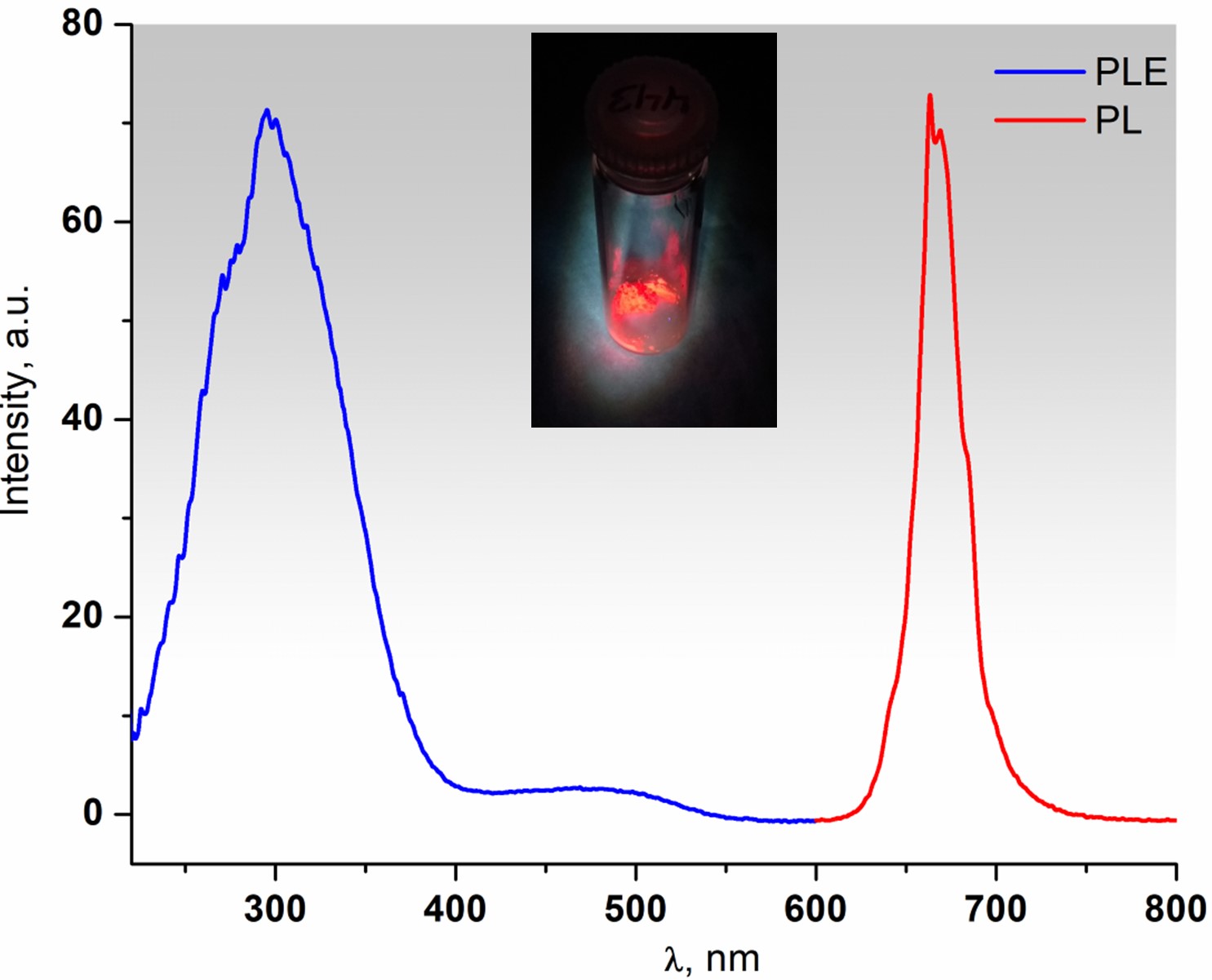
Research
Currently, the research program involves three directions:
1. Magnetocaloric phases (materials for magentic refrigeration)
Magnetocaloric materials utilize magnetocaloric
effect, a change in material's temperature upon a change in an applied
magnetic field. Such materials heat up when the magnetic field is increased
and cool down when magnetic field is reduced. They can be used for magnetic
refrigeration (figure on the right) and can offer a greater efficiency
than the current vapor-cycle refrigeration.
A conventional magnetocaloric effect is based on ordering of magnetic
moments, i.e. on magnetic transition only. The effect can be significantly
increased (by a factor of ~2) when a magnetic ordering is coupled to a
structural transition. A combined effect is known as a giant magnetocaloric
effect.
Our research in this area focuses on discovery of new metal-rich magnetocaloric
materials and on manipulating the physical and structural properties of
known materials.
We have successfully used valence electron concentration to tune structure
and magnetic properties of Gd5X4 phases, with X
being a p-element. As an example, through the substitution of P for Si
in Gd5Si4, we have broken interslab dimers in Gd5(Si,P)4,
and through the substitution of Sb, we have increased the Curie temperature
of the Gd5(Si,Sb)4 phases with broken dimers up
to room temperature.

2. Thermoelectric phases
Thermoelectric materials can convert heat into electricity (Seebeck effect,
figure on the right) or perform cooling/heating when electrical current
is passed through them (Peltier effect). Thermoelectric materials are
used to generate electricity when other source of electricity are not
available (i.e. deep space missions) or to convert waste heat into electricity
thus reducing fuel consumption (i.e. in cars). They are also used to perform
cooling when other cooling techniques cannot be easily applied (i.e. car
seats, spot cooling in electronics).
One of the challenges in the thermoelectric research is to reduce thermal
conductivity of materials in order to optimize their performance.
Our group tackles this challenge by utilizing a natural superlattice approach for the material design. We combine two structures with different properties to obaine a material known as "phonon-glass electron-crystal". We also prepare unique suboxide phases, in which a band gap is opened in the original semimetallic material through the incorporation of oxide fragments.

3. Phosphor materials
Phosphor materials are used for lighting applications (LEDs), where they downconvert the high-energy blue radiation into lower energy one (yellow, green and red) to yield the white light. We explore Cr3+ and Mn4+ phosphors that emit the red light and can be employed for LEDs.
We also explore Cr3+ and Mn4+ phosphors for temperature sensing. The life time of the Cr3+ and Mn4+ emission is temperature dependent and can be correlated to the temparature.
